Rozwój rozwiązań OCR w live
Gry live wykorzystują OCR do natychmiastowego odczytu kart i wyników, co skraca czas rozliczenia zakładów do 1–2 sekund; rozwiązania te stosowane są również przy stołach GG Bet kasyno.
Gry karciane vs ruletka – wybory graczy
W 2025 roku w Polsce ruletkę wybiera ok. 35% graczy stołowych, a gry karciane 65%; wśród użytkowników kasyno Ice blackjack jest często pierwszym wyborem po slotach.
Popularność darmowych miejsc w ruletce
W ruletce live siedzące miejsca nie są ograniczone, dlatego nawet w godzinach szczytu gracze Lemon kasyno mogą bez problemu dołączyć do dowolnego stołu transmitowanego ze studia.
Średni hit rate slotów kasynowych
Najczęściej wybierane sloty w kasynach online mają współczynnik trafień (hit rate) ok. 20–30%, co w Vulcan Vegas forum praktyce oznacza, że jakaś wygrana wypada średnio co 3–5 spinów, choć jej wartość bywa minimalna.
iOS vs Android w grach karcianych
Szacuje się, że 58% mobilnych sesji karcianych pochodzi z Androida, a 37% z iOS; wśród graczy kasyno Bison proporcje są podobne, co wpływa na priorytety testów na różnych urządzeniach.
Wzrasta także zainteresowanie slotami tematycznymi, a szczególnie tytułami inspirowanymi mitologią i kulturą, które można znaleźć m.in. w Beep Beep, gdzie dostępne są liczne produkcje różnych producentów.
Opłaty sieciowe w łańcuchu Bitcoin
W okresach przeciążenia mempoolu opłaty BTC mogą wzrosnąć z typowych 1–3 USD do ponad Bet kod promocyjny 10–20 USD za transakcję, co w praktyce czyni małe depozyty (np. 20–30 USD) nieopłacalnymi dla graczy kasyn online.
Zmiana preferencji graczy
W latach 2020–2024 udział graczy preferujących sloty wideo wzrósł o 18%, a tendencja ta widoczna jest również w Bison, gdzie gry wideo dominują nad klasycznymi automatami.
Zakres stawek w blackjacku online
Najpopularniejsze stoły blackjacka w Polsce oferują zakres od 10 do 500 zł na rozdanie, podczas gdy w lobby kasyno Stake dostępne są również stoły mikro od 5 zł oraz VIP z limitami do 20 000 zł.
Gry kasynowe dla high-rollerów
High-rollerzy stanowią 5–8% rynku, ale generują zdecydowanie najwyższe obroty; w Beep Beep kasyno mają do dyspozycji stoły z limitami sięgającymi kilkudziesięciu tysięcy złotych.
Analiza łańcucha przez narzędzia AML
Firmy analityczne (np. Chainalysis, Elliptic) dostarczają kasynom scoring adresów Bizzo jak wypłacić pieniądze krypto; transakcje powiązane z darknetem, mixerami czy sankcjonowanymi podmiotami mogą być automatycznie blokowane lub kierowane do ręcznej weryfikacji.
Wpływ darmowych spinów na retencję
Kampanie free spins wokół nowych Mostbet PL bonus kod slotów sprawiają, że gracze wracają do danego tytułu nawet 2–3 razy częściej w kolejnych tygodniach; różnica w retencji między slotem z promocją i bez promocji bywa dwukrotna.
Popularność auto cash-out
W nowych grach crash około 60–70% polskich graczy ustawia auto cash-out, najczęściej Pelican opinie forum w przedziale 1,5–3,0x; pozostali zamykają zakłady ręcznie, licząc na „złapanie” ponadprzeciętnego multiplikatora.
Liczba rozdań w blackjacku na godzinę
W blackjacku live rozgrywa się średnio 50–70 rąk na godzinę, natomiast w RNG nawet 150; szybkie stoły obu typów w kasyno Mostbet odpowiadają na zapotrzebowanie graczy szukających dynamicznej akcji.
Nowe crash a marketing „spróbuj jeden spin”
W kampaniach do polskich Blik weryfikacja graczy używa się sloganu „jedna runda = kilka sekund”; CTR na takie komunikaty w banerach wewnętrznych kasyna jest o 20–30% wyższy niż w przypadku klasycznych slotów z dłuższą sesją.
Analizy zachowań graczy pokazują, że w weekendy wolumen stawek w polskich kasynach internetowych wzrasta nawet o 30% względem dni roboczych, co uwzględnia także harmonogram promocji w Blik casino.
Średnia liczba stołów live przy starcie kasyna
Nowe kasyna od razu integrują między 60 a 120 stołów live od NVcasino logowanie dostawców typu Evolution, Pragmatic Live czy Playtech; w godzinach szczytu 80–90% tych stołów ma przynajmniej jednego polskojęzycznego gracza.
Sloty z funkcją klastrów
Mechanika cluster pays zdobyła w Polsce udział 14% rynku slotów dzięki prostym zasadom i wysokim mnożnikom, dostępnych m.in. w katalogu Skrill casino.
Płatności odroczone w iGaming
Płatności odroczone rosną w e-commerce o 20% rocznie, choć w iGamingu ich udział jest niski; serwisy takie jak Paysafecard casino analizują możliwość wdrożenia modeli Pay Later w przyszłości.
Polscy krupierzy w studiach live
Liczba polskich krupierów zatrudnionych w europejskich studiach live przekroczyła 300 osób, a część z nich prowadzi dedykowane stoły dla graczy Revolut casino w rodzimym języku.
Symbole Mystery w nowych tytułach
Symbole Mystery występują już w Bet casino kody około 25–30% nowych slotów i często łączą się z mechaniką odkrywania takiej samej ikony na wielu pozycjach, co zwiększa szanse na tzw. full screen i mocne mnożniki.
Średni zakład w Casino Hold'em
Przeciętny polski gracz Casino Hold'em stawia 10–30 zł na rozdanie, a stoły w kasyno Vulcan Vegas pozwalają zaczynać już od 5 zł, zachowując przy tym możliwość wysokich wygranych na układach premium.
Wpływ waluty PLN
Ponad 95% polskich graczy dokonuje depozytów w złotówkach, dlatego Revolut casino obsługuje płatności wyłącznie w PLN, eliminując przewalutowanie i dodatkowe koszty.
Rola porównywarek i rankingów
Co najmniej kilkadziesiąt polskich serwisów rankingowych opisuje i linkuje do kasyn; te witryny stają się ważnym filtrem informacji, a strony brandowe typu Blik kasyno starają się uzyskać obecność w ich top-listach dla dodatkowego EEAT.
Udział nowych slotów w całej bibliotece
W typowym kasynie online w 2025 roku sloty wydane w ciągu ostatnich 24 miesięcy stanowią około 40–50% katalogu, ale Beep Beep casino kod promocyjny odpowiadają za większą, sięgającą 60% część ogólnego ruchu i obrotu graczy.
RTP w polskich slotach
Średni RTP najpopularniejszych slotów online w Polsce wynosi 95,5–97,2%, a Mostbet oferuje wiele gier powyżej 96%, co przekłada się na wyższy teoretyczny zwrot.
Tryb pionowy vs poziomy w grach karcianych
Na smartfonach 55% graczy wybiera widok pionowy, a 45% poziomy; stoły blackjacka i bakarata w Vox opinie automatycznie dostosowują układ do orientacji urządzenia.
Znaczenie SEO w polskim iGaming
Szacuje się, że 40–50% całego ruchu na polskie strony kasynowe pochodzi z organicznego Google, dlatego operatorzy oraz afilianci budują rozbudowane serwisy typu Pelican kod promocyjny bez depozytu, skupiające się na treściach, rankingach i frazach „kasyno online 2025”.
Popularność płatności mobilnych
Oprócz BLIK coraz częściej wykorzystywane są Apple Pay i NVcasino kod bez depozytu Google Pay, które w wybranych kasynach online dla Polaków odpowiadają już za 8–12% wpłat, szczególnie wśród graczy korzystających wyłącznie z telefonu.
Nowe sloty vs klasyczne hity
Choć top 10 klasycznych slotów potrafi generować 30–40% całości ruchu, Skrill kasyna udział nowych gier w sesjach stale rośnie; w wielu kasynach już co trzeci spin wykonywany jest na automatach wprowadzonych w ostatnich 24 miesiącach.
Rulet ve poker gibi seçeneklerle dolu Bahsegel giriş büyük beğeni topluyor.
Bahis dünyasında modern ve hızlı altyapısıyla öne çıkan Bahsegel kullanıcılarına fark yaratır.
Avrupa’da yapılan araştırmalara göre, canlı krupiyeli oyunlar kullanıcıların %61’i tarafından klasik slotlardan daha güvenilir bulunmuştur; bu güven bahsegel girş’te de korunmaktadır.
Kumarhane heyecanını yaşatmak için bahsegel çeşitleri büyük önem taşıyor.
Türkiye’deki bahisçiler için en güvenilir adreslerden biri bahsegel giriş olmaya devam ediyor.
Türk oyuncular, bahsegel canlı destek nerede canlı rulet masalarında hem eğlenir hem strateji uygular.
Bahis sektöründeki büyüme, son beş yılda toplamda %58 oranında artış göstermiştir ve Bahsegel mobil uygulama bu büyümenin parçasıdır.
Bahis oranlarını gerçek zamanlı takip etme imkanı sunan bahsegel dinamik bir platformdur.
Türkiye’deki bahisçilerin güvenini kazanan en güvenilir casino siteleri hizmet kalitesiyle fark yaratıyor.
Few realise that cachaça is the third most consumed spirit in the world, and it’s generally seen as firewater to outsiders. To some extent it is. Unlike rum, which usually is made from molasses, cachaça only can be made from fresh cane juice, and only can be produced in Brazil. Different types of woods to age cachaça are being experimented with all over Brazil. For example Leblon uses XO cognac casks from France, which help give it a smooth finish and fruity nose. Others are aged in native hardwoods and give off flavours of fennel, anis, and vanilla.
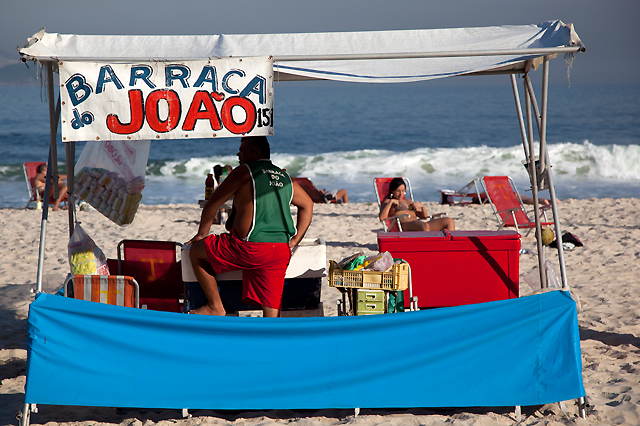
I started off with an almost traditional caipirinha – Brazil’s signature cocktail that muddles cachaça with sugar and lime. This one added a little bit of fresh passion fruit juice in it and used top shelf Leblon. Next, alongside a shot of straight Leblon – I had never sipped cachaça straight but wanted to see if I could taste the flavors of a premium brand (I could) – I ordered a batida with fresh caju, or cashew fruit, mixed with cachaça.
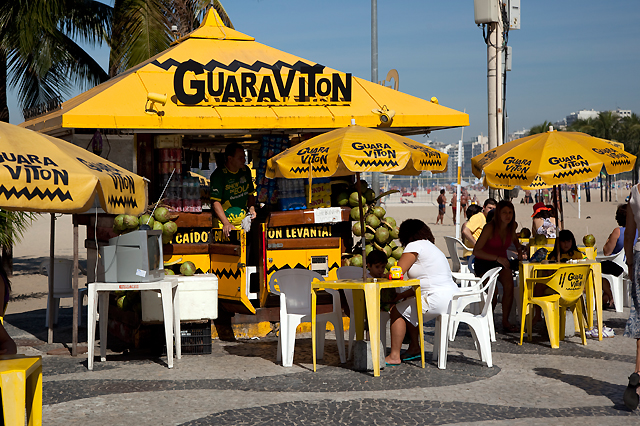
Dizzy from my lunch, I stumbled out into the bright sun of Ipanema. It was “winter” in Rio, though the beaches were still full of people. Winter here means 27 degrees Celsius. The trip was starting off right. Later that night, after a day spent recovering my senses on Leblon’s inviting beach back dropped by the Dois Irmãos (2 Brothers Mountain), I dropped by Leblon’s Academia da Cachaça to sample from their hundreds of types of cachaça, many of them only found here, and then retreated to the Marina All Suites’ killer Bar Do Lado for some snacks and to further my study into cachaça, with a drink that found Leblon being mixed with a lager and topped with a molecular gastronomic tangerine foam.
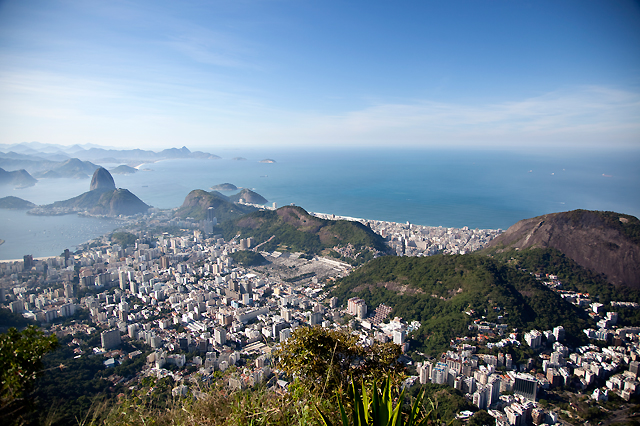
My days in Rio weren’t all in a haze, however. There are things to do here. Lots of them. When I wasn’t lounging on Rio’s 90 kilometers of beaches, I strolled through the shops in Ipanema, wandered in and out of the museums in the center, and explored the art galleries in the Bohemian district of Santa Teresa. One afternoon, I joined a tour of Rio’s notorious favelas, or hillside slums. I had always expected Rio to be far more dangerous than it actually was. It’s really no worse than Santiago or Sydney. There is crime, but not like there was a decade ago. Brazil’s rapidly expanding economy has raised the standard of living considerably among most classes. Even the favelas, which gangs and drug lords traditionally have run, are being modernised and becoming incorporated into the greater fabric of the city. My tour entered Rocinha, one of the city’s largest favelas, by passing a checkpoint with armed guards. Sometime soon, even these safety nets will disappear. Once inside, I was pleasantly surprised. Houses were made of concrete bricks and had satellite TV. People were friendly. My group munched on Acai with granola and skewered meats from the street and walked around with expensive digital cameras. I wouldn’t go on my own without a group, but I never once felt threatened. At the end of the tour, we stopped by a schoolhouse, which proceeds of the tour have built.
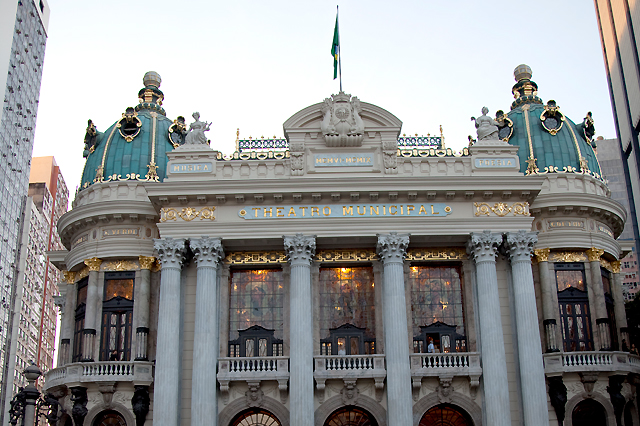
Other parts of the city proved more elusive. Even with a functioning subway and bus system, perpetual traffic jams make Rio slow to get around. In fact, it took me three tries to get to the 710 meter Corcovado, the mountain where the recently voted wonder of the world, Cristo Redentor (Christ the Redeemer), a 38 meter high statue of Jesus, looks out over the entirety of the sprawling city. On my first afternoon in town, I took a cab to the launching point for the minibuses (the tram was broke down) only to find that they had stopped running for the evening.
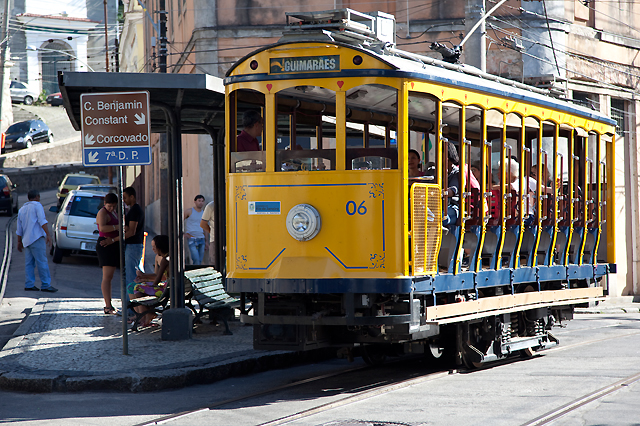
On my second attempt, I tried to take a cab from Santa Teresa, which is on a neighbouring mountain to Corcovado. On the map they look relatively close, and in Santa Teresa there are vague signs pointing to Corcovado. Event the taxi driver thought there was a way there. There wasn’t. We drove through Parque Nacional Tijuca, the largest forested area in a major metropolis in the world, a place bursting with rainforest life, only to find ourselves back in Santa Teresa one hour and 100 reais in cab fare later. It was only by taking a direct taxi from my hotel that I was able to get there. It was worth the effort.
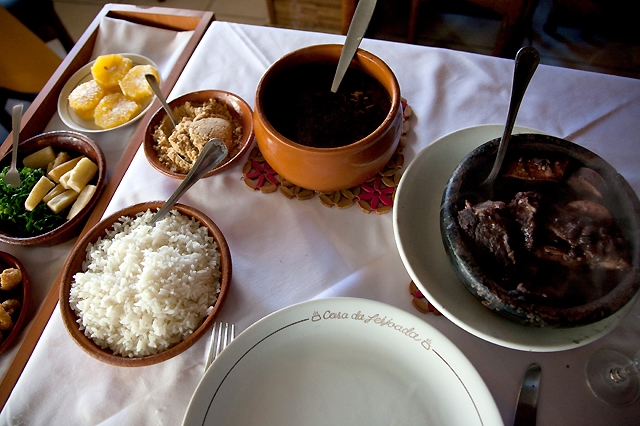
And just when I thought to know Rio, I would be surprised again. On my last night in Rio, I trotted over to the sleek Le Pré Catelan restaurant inside the superbly located Hotel Sofitel on Copacabana Beach not far from Ipanema. There Chef Roland Villard serves an 11-course Amazonian Tasting Menu that ranks among the best meals I have ever had the pleasure of eating. Though Villard is French, like an increasing number of chefs in Brazil, he has begun to apply contemporary culinary techniques to the country’s rarest and most exotic ingredients.
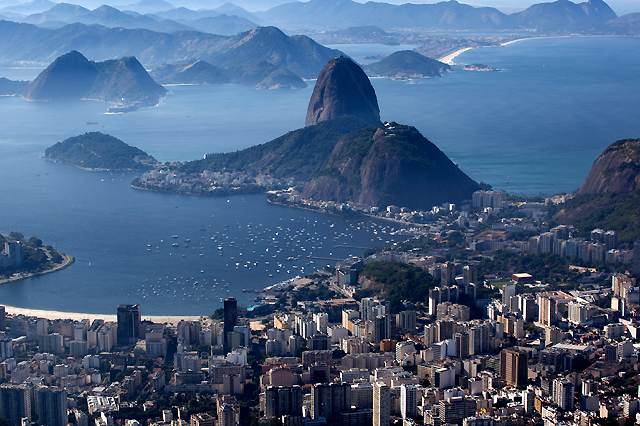
Three years of research went into the design of the menu. From the first course, I was swept up in the magic of the experience. The Brandade – a Provençal preparation of salted cod – was transformed with tucunaré fish and coconut milk.
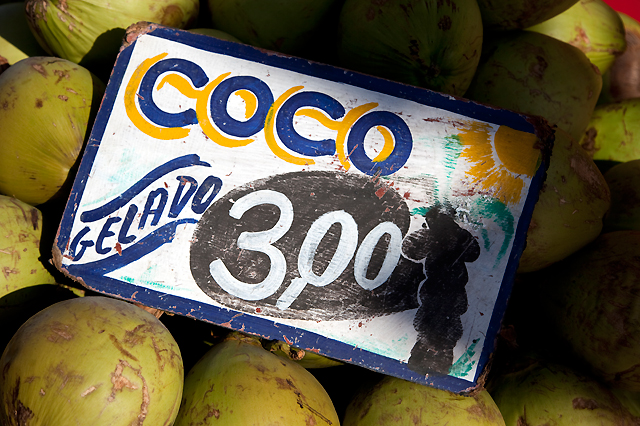
It was served in a hand-carved bowl from the Marajó indigenous group and, instead of a spoon, the scale of a pirarucu fish was provided. Sharing the same plate were Tapioca biju crêpes filled with flat lobster and fresh hearts of palm. A brilliantly flavoured pepper jelly adjoined it. Eleven plates and several glasses of wine later, I had been given a glimpse of some of the far-off corners of the country. There was still so much more of Brazil to see










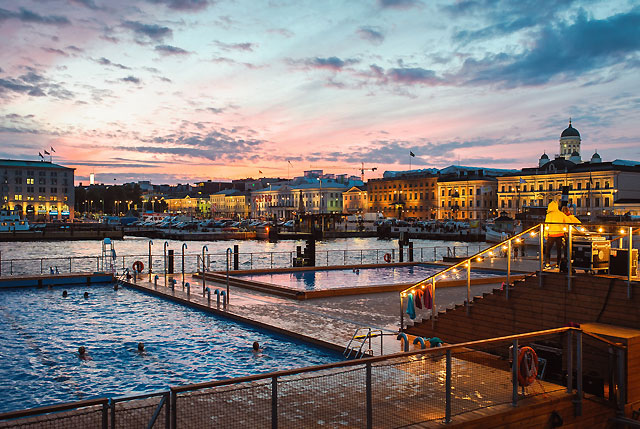

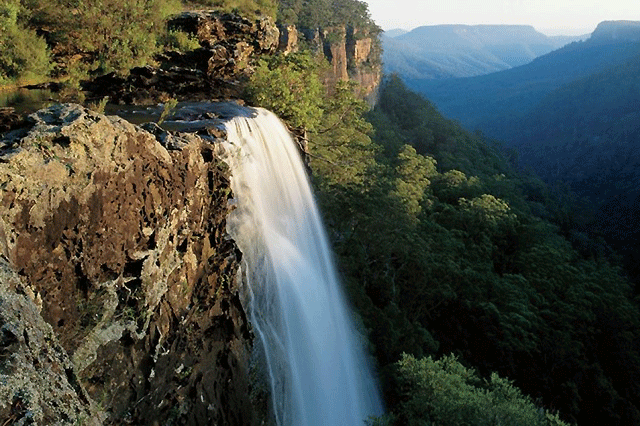
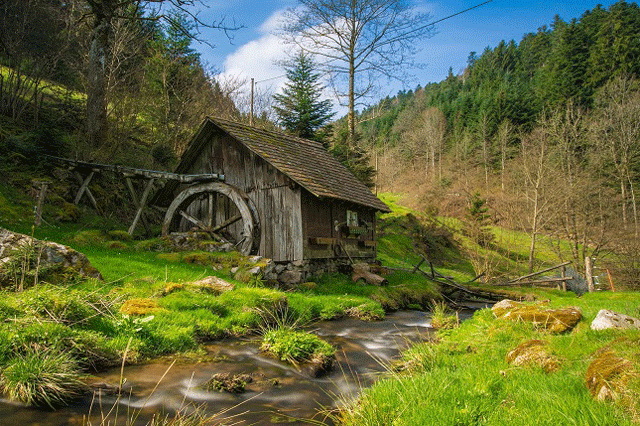
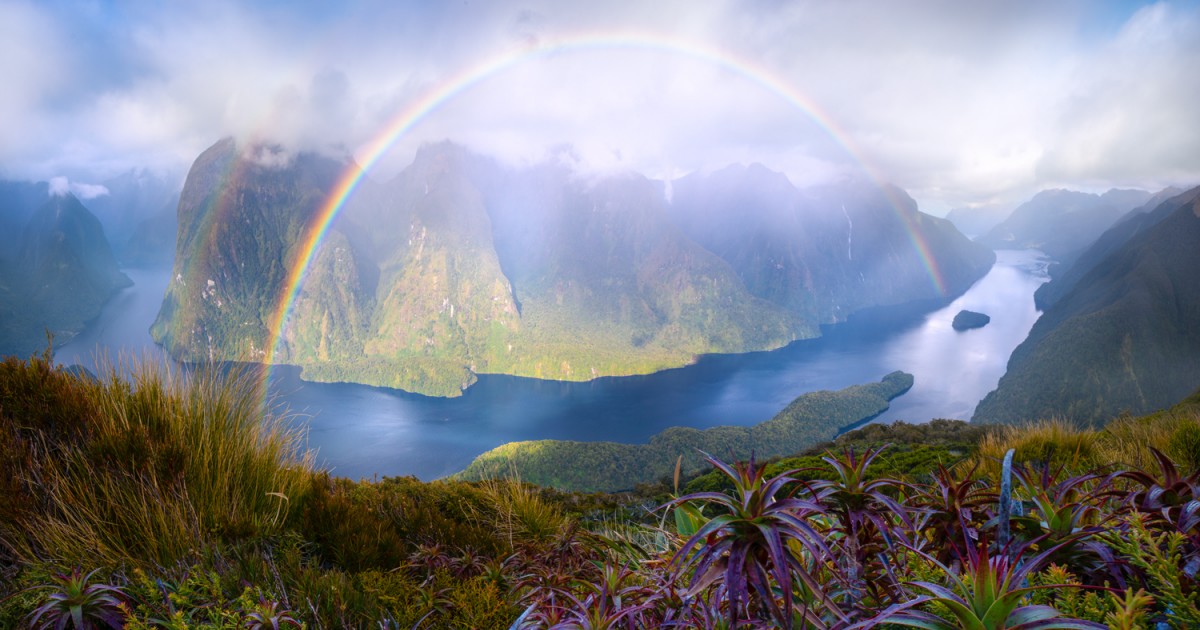

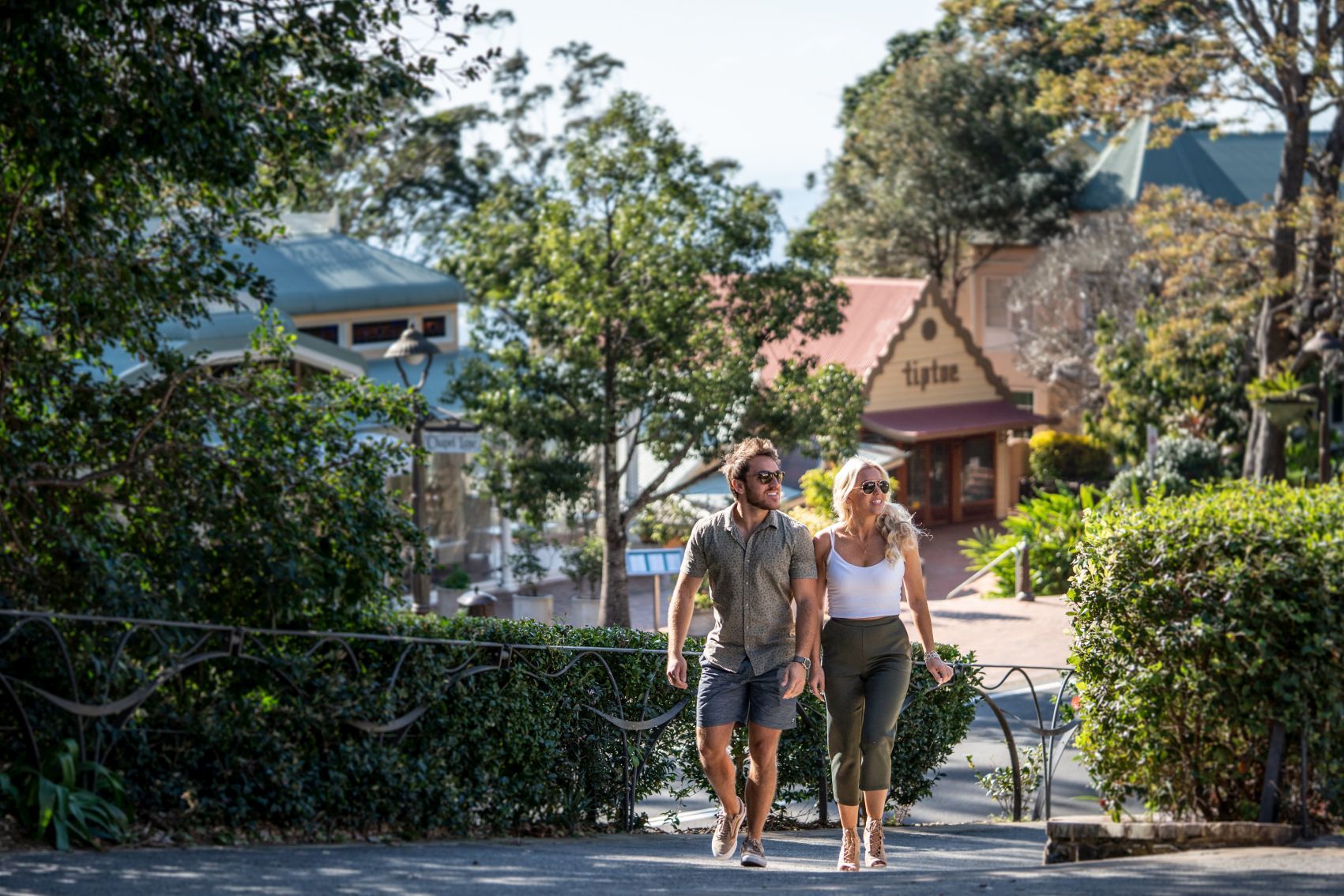




Recent Comments